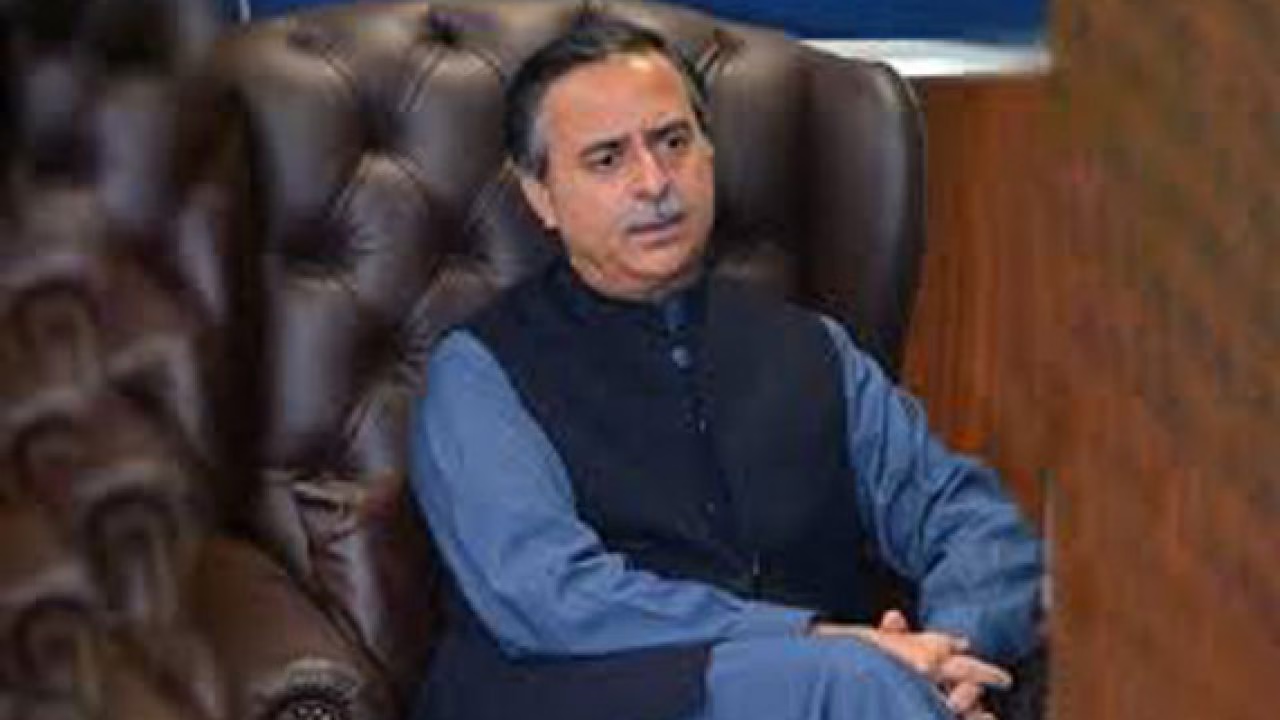Dollar Rate in Interbank Market Sees a Slight Increase as Pakistan’s State Bank Cuts Interest Rate
Today, the U.S. dollar showed a modest rise against the Pakistani rupee in the interbank market. According to the State Bank of Pakistan (SBP), the dollar’s value closed at 277.79 rupees, reflecting a 9-paisa increase from the previous day’s rate of 277.70 rupees. While this uptick may seem small, even minor fluctuations in the dollar’s value can significantly impact Pakistan’s economy, trade, and overall financial landscape.
Daily Dollar Rate Changes: Impact on the Pakistani Rupee
The recent 9-paisa increase may appear minimal, but this slight change carries weight, especially in a country like Pakistan, where foreign exchange rates directly influence various economic aspects. As Pakistan imports many goods and raw materials from other countries, even minor shifts in the dollar rate can influence domestic inflation, leading to possible price hikes in essential goods and services.
As a result, any increase in the dollar’s rate directly affects the cost of imports, the national debt in foreign currency, and even the local fuel prices. Traders and businesses reliant on imports are among the first to feel the ripple effects, as they have to factor in the additional costs caused by currency fluctuations. This can eventually trickle down to the general public, with rising prices in daily essentials, particularly when the rupee weakens against the dollar.
State Bank’s New Monetary Policy and Reduced Interest Rate
Alongside the dollar’s increase, the State Bank of Pakistan has announced a notable shift in its monetary policy. In a recent decision, the Monetary Policy Committee (MPC) has opted to reduce the policy rate by 250 basis points. This decision marks a shift in the SBP’s approach, lowering the interest rate to 15 percent for the upcoming two months.
Interest rate adjustments play a crucial role in managing inflation and economic growth within the country. A reduced interest rate of 15 percent aims to stimulate borrowing and investment, providing a boost to economic activity. In theory, lower interest rates encourage businesses and individuals to borrow more, as the cost of credit decreases. This, in turn, can help drive growth, enhance job creation, and provide more resources for businesses to expand.
Reasons Behind the Rate Cut Decision
The SBP’s decision to reduce the interest rate reflects its strategy to support economic growth amid inflationary pressures. Recently, Pakistan has been grappling with inflation rates driven by both global factors and domestic challenges. By reducing the policy rate, the SBP aims to make borrowing cheaper, hoping to encourage investment and spending within the economy.
This monetary policy adjustment is also expected to alleviate the burden on local industries that have struggled with high production costs and limited access to affordable credit. Lower interest rates can help make financing more accessible, especially for small and medium enterprises (SMEs) that contribute significantly to employment and GDP. For these businesses, access to cheaper loans can provide much-needed support, allowing them to continue operations without being hindered by high-interest repayments.
The Relationship Between Interest Rates and Exchange Rates
Changes in interest rates also have an impact on exchange rates, affecting the value of the Pakistani rupee against other currencies. When a country reduces its interest rates, it can lead to a decrease in foreign investment in that country’s currency. This is because investors often seek higher returns, and a lower interest rate might make Pakistan a less attractive destination for foreign capital. However, the SBP’s decision is a calculated risk aimed at stimulating internal economic growth, even if it comes with some currency depreciation.
In the case of Pakistan, the central bank may be prioritizing economic stability and growth over exchange rate stability. By creating a more favorable borrowing environment, the SBP aims to support local industries, boost production, and help businesses cope with challenges arising from global inflationary pressures.
Balancing Exchange Rates and Economic Growth
While the 9-paisa rise in the dollar rate in the interbank market may seem minor, it is part of a larger picture involving Pakistan’s economic strategy. The SBP’s decision to reduce the interest rate by 2.5 percent signals its intent to boost economic growth despite potential risks to the exchange rate. As Pakistan navigates its economic challenges, finding a balance between stabilizing the rupee and promoting internal growth remains crucial.
The central bank’s monetary policy changes reflect an effort to stimulate the economy, even as minor fluctuations in the exchange rate continue. With this two-pronged approach, Pakistan aims to manage its economic growth while also considering the dollar’s impact on the domestic economy.



